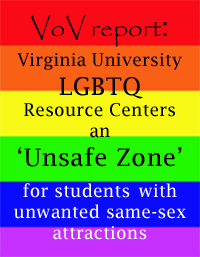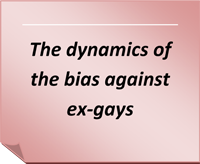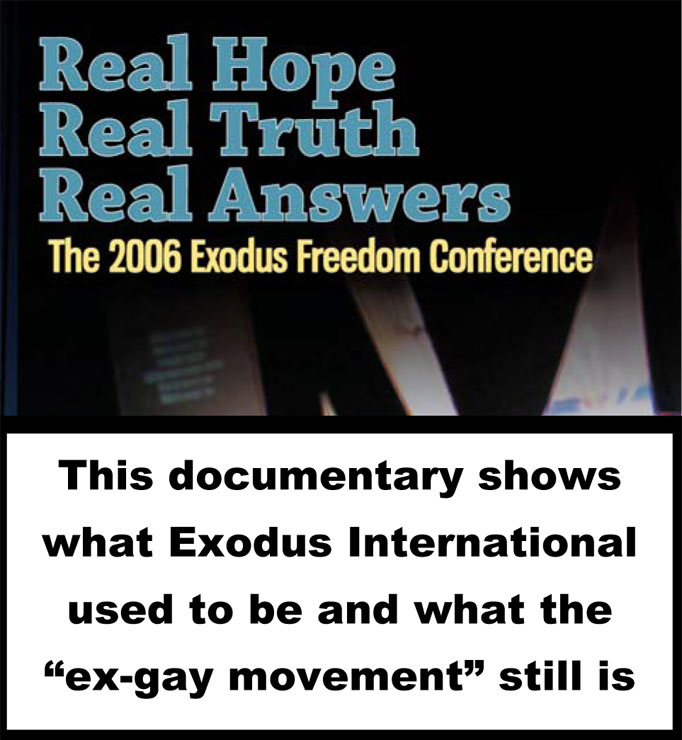Church and State Introduction
By Thomas Coy
2008
“wall of separation between church and state”
If you have any knowledge on this issue you know that the words “separation between church and state” are not in the U.S. Constitution. The words “wall of separation between church and state” became important Supreme Court language in the Everson v. Board of Education ruling in 1947. In that case the 5-4 majority opinion acknowledged that a wall of separation between church and state existed, but ruled that using public funds to transport students to parochial schools did not “breach” that wall. The term “wall of separation between the church and state” is actually from a letter Thomas Jefferson wrote to the Danbury Baptists of Connecticut while he was President of the United States (Danbury Baptists letter to Thomas Jefferson) (Thomas Jefferson’s letter to the Danbury Baptists). Jefferson developed the concept of separation of church and state before the U.S. Constitution was written in a Bill for Establishing Religious Freedom that he presented to the General Assembly of Virginia. The historic bill was eventually adopted by the Virginia government through the leadership of James Madison while Thomas Jefferson was serving his country in Europe.
The phrase “wall of separation between church and state” is used as a metaphor of the religion clause of the First Amendment. The First Amendment is the first of the ten amendments to the U.S. Constitution referred to as the “Bill of Rights.” The ten amendments were designed to protect individuals by limiting the power of the federal government in specific areas. These Bill of Rights did not limit the power of the state governments in these areas until the adoption of the Fourteenth Amendment in 1868 after America’s civil war.
The First Amendment reads: “Congress shall make no law respecting an establishment of religion, or prohibiting the free exercise thereof; or abridging the freedom of speech, or of the press; or the right of the people to peaceably to assemble, and to petition the Government for a redress of grievances.” Only the first part of the First Amendment deals with religion, and it addresses religion from two perspectives.
The second phrase of the religion section which forbids the government from enacting laws which prohibit “the free exercise” of religion has not been a political hot potato, even though the free exercise of religion is not all inclusive. Just as the Supreme Court ruled that yelling “fire” in a crowded theatre is not covered under freedom of speech when there is no fire and such practice could cause panic and disaster, the Court can and will deny the right of certain religious exercises. For example, ancient religions included rituals of human sacrifice, animal sacrifice, temple prostitution, and the use of mind altering drugs. Although no modern religion has sought the free exercise of human sacrifice or temple prostitution, there have been newly formed religions that sought to use illegal mind altering drugs. The Supreme Court has denied their requests, yet the Court has allowed certain Native American religions to use similar mind altering drugs from plants that have been traditionally used in their culture.
Two interpretations of the establishment clause
It is the first phrase of the First Amendment that is called the “establishment clause.” “Congress shall make no law respecting an establishment of religion,” The whole interpretation of that part of the First Amendment hinges on what “an establishment of religion” is. Those of a moral conservative background tend to understand an establishment of religion to be an organized corporate sect or denomination like the Church of England, the Roman Catholic Church, or the Episcopalians. Those with a moral liberal background tend to claim that an establishment of religion is any religious doctrine. From their perspective Christianity, Judaism, as well as any belief in God is an establishment of religion. The differences of opinion have had a monumental impact on public policy as the liberal interpretation has gained political power.
The conservative perspective interprets the establishment clause to mean that the government shall not favor one particular denominational institution over another denominational institution, but the government is not prevented from making law based on religious principles. In fact, this side of the debate argues with much historical backing that law can and should be based on the principles set forth by God – the Creator who endowed mankind with certain inalienable rights. The liberal perspective interprets the same clause to mean that the government cannot make any law based on religious principle or take any action that supports a religious principle. It is a position that is very self-serving. For if law cannot be based on religious principle, America must rely on atheist academic elites who are often bias against religion principles.
Early American legal interpretations held to the conservative interpretation of the establishment clause as self-evident that the First Amendment prevented the United States from imposing on the American people a state supported denominational institution similar to the Church of England. Since the Everson decision in 1947 the liberal interpretation of the establishment clause has gained momentum and is arguably now the dominant interpretation because of the predominantly liberal bias in academia.
Original intent versus judicial activism
The interpretation of the establishment clause is related to another ideological battle over the U.S. Constitution. This pits those who think the U.S. Constitution should be interpreted as per the meaning it had when it was adopted (the originalists and strict constructionists), and those who think the justices of the courts should use the Constitution to create new law and address perceived injustice (the non-originalists and judicial activists). The meaning of the establishment clause for the originalists is found in what the Congress of 1791 meant it to be, whereas the meaning for the non-originalists is found in what they want America to be. To the non-originalists the intent of the writers of the Constitution is irrelevant to modern times.
Originalists argue that judicial activists not only create law without authority, but that they have created their own authority to create law. Judicial activists argue that the Constitution is purposely vague so that each generation can adapt the law to its needs. What those needs are perceived to be is another debate, which is why the ideological backgrounds of the majority of Supreme Court Justices affect American law so directly.
Summary
To summarize, when two persons or organizations state that they are for the separation of church and state, they can have two very different meanings for the same statement. If they adhere to the conservative interpretation of the establishment clause they believe each and every individual should be free to worship and believe in God as they choose, as well as have the option to not believe in God. The conservative interpretation believes the government is prevented by the establishment clause from establishing a state church and showing preference to a particular denominational institution. At the same time they argue that the Constitution allows the government to base its moral law on the religious beliefs of the majority of its citizens, and the basis for the moral law should be taught in the public classroom.
Those that adhere to the liberal interpretation of the establishment clause also believe that each individual should be free to believe or not believe in God according to their own conscience, but they expand the establishment clause to use the Constitution as a mechanism to remove any reference of religious based morality from criminal law, civil law, and the public classroom. Some moral liberals take this position to its logical extreme and contend that the Christian heritage of the America should not be taught in the public classroom. In fact, for the most part it no longer is taught because of the rise of the liberal interpretation of the establishment clause.
Conservative conclusion
It is a fact that Judeo/Christian principles were taught in the public classroom as the basis of a moral society when the Bill of Rights were adopted and continued to be taught after they were adopted. It was easy for Americans to understand that openly teaching morals based on biblical principles was not coercing students to accept Jesus as the Son of God or coercing them into a particular denominational institution. Judeo/Christian moral principles were the accepted morals of the culture. That said, there were at times hostile disagreements over the interpretation of some of those principles, but that was part of democracy in the new republic. The point to remember is that the search for moral truth in every part of society openly sought the Bible as the most important reference.
Many of America’s founders believed that the key to the longevity of the republic was how well the population abided by Judeo/Christian principles. So the teaching of Judeo/Christian principles in the public classroom was viewed as a national investment in the future success of the nation. Even founders who did not accept Jesus as the Messiah from God, like Thomas Jefferson, believed that the principles Jesus taught were the best moral blueprint known to mankind. From the conservative perspective, the rising dominance of the liberal interpretation of the establishment clause has been a cultural disaster, because it has been used to undermine the Judeo/Christian moral base of American society. For the most part this rise to dominance has been an undemocratic process instituted by an activist judiciary, compounded by liberal educators choosing to leave the younger generations clueless as to the Judeo/Christian moral heritage of America. Conservatives argue that the increase of many of societies ills are related to this cultural disaster, especially those that involve greed and the view that human life is not sacred.
Copyright 2008




